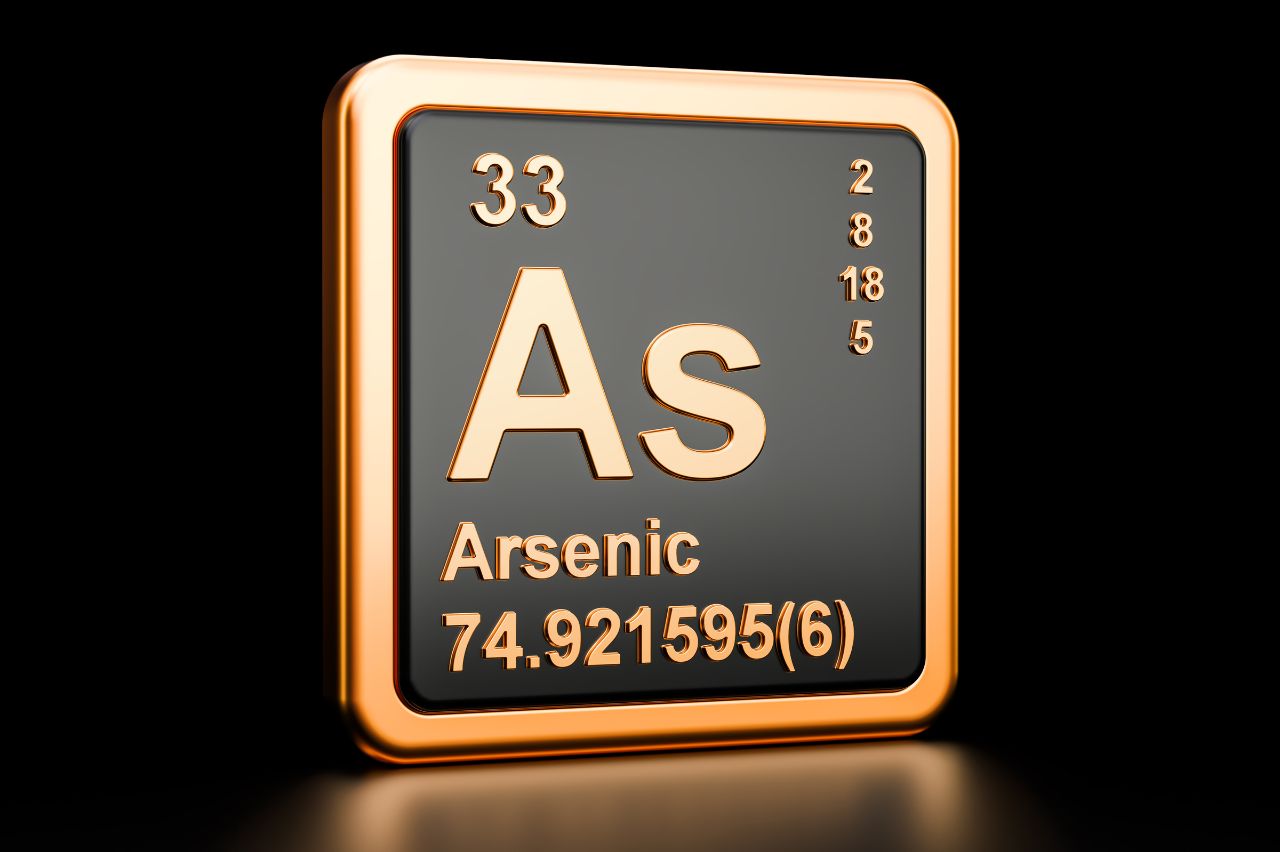The Hidden Dangers of Arsenic in Drinking Water
Arsenic is a naturally occurring element that can be found in drinking water sources, and when present in high levels, it poses health risks. Find out how to identify arsenic contamination in your drinking water and how to reduce your exposure.
What is Arsenic?
Arsenic is a naturally occurring element found in rocks and soil, which can be released into drinking water sources. Oftentimes, arsenic contamination occurs from industrial activities or illegally dumped pollutants entering the water supply. This heavy metalloid has been linked to numerous adverse health effects, including cancer and cardiovascular disease when consumed over long periods of time.
What Are the Health Dangers of Arsenic?
The health dangers of arsenic can range from mild to serious, depending on the levels ingested and for how long. Long-term exposure to even low levels of arsenic can increase the risk of skin cancer, internal organ malignancies, diabetes, and cardiovascular disease. In addition, high levels of arsenic can result in adverse effects such as reduced cognitive development in children and hormone disturbances in adults.
How Is Arsenic Detected In Drinking Water?
Arsenic can be detected in drinking water through a variety of methods. It is most accurately measured through an in-depth analysis of your drinking water, typically recommended once every year. Advanced testing techniques, such as testing for total arsenic and other related compounds, may also be used to detect the presence of arsenic. In addition, some home test kits are available that will detect the presence of this toxin in your drinking water.
How Can You Reduce Exposure to Arsenic in Drinking Water?
The only sure way to reduce arsenic exposure from drinking water is by treating the water with a certified filtration system that specifically removes arsenic. Common methods of treatment include reverse osmosis, distillation, and activated alumina filtration systems. These treatments may help remove high levels of arsenic, as well as other contaminants. Additionally, frequent testing and monitoring of your drinking water should be done in order to ensure that you are staying safe from any hidden danger that could be lurking in your tap water.
In addition to drinking water filtration systems, it may also be beneficial to reduce your consumption of seafood and grains that could potentially contain arsenic. Depending on the environmental conditions in which these foods were raised or produced, they could have a high levels of arsenic due to runoff from agricultural lands.
Lastly, it’s important to note that there are federal regulations in place with regards to maximum legal levels of arsenic allowed in public water supplies. However, each community can set their own standard for acceptable limits based on individual factors such as source water quality and level of contaminants present. Therefore, it’s important to speak with your local administrators about what levels are safe for your region.
Are There Regulations About Arsenic In Drinking Water?
Yes, there are federal regulations in place that determine the amount of arsenic that is permissible in drinking water. In the United States, these regulations are set by the Environmental Protection Agency (EPA), and the limit for arsenic in public water supplies is set at 10 parts per billion.
Private wells are not regulated and it is important to regularly test your well water to ensure safety. Individuals using private wells should be especially cautious about testing their water for levels of arsenic, since this toxin often occurs naturally as a result of mineral deposits in groundwater sources.

